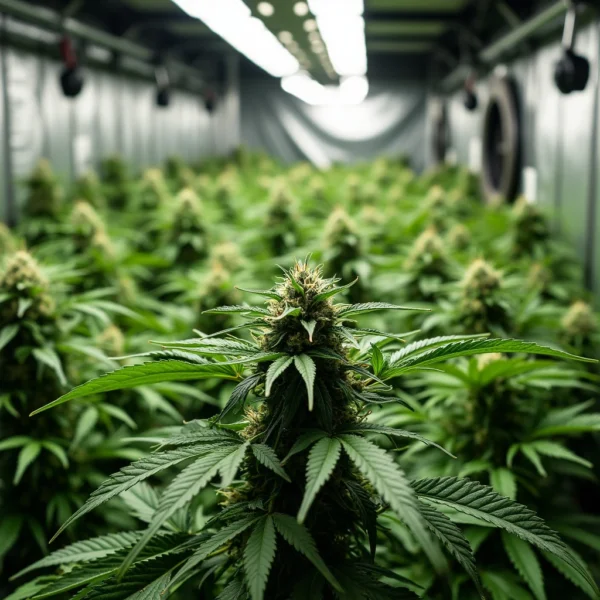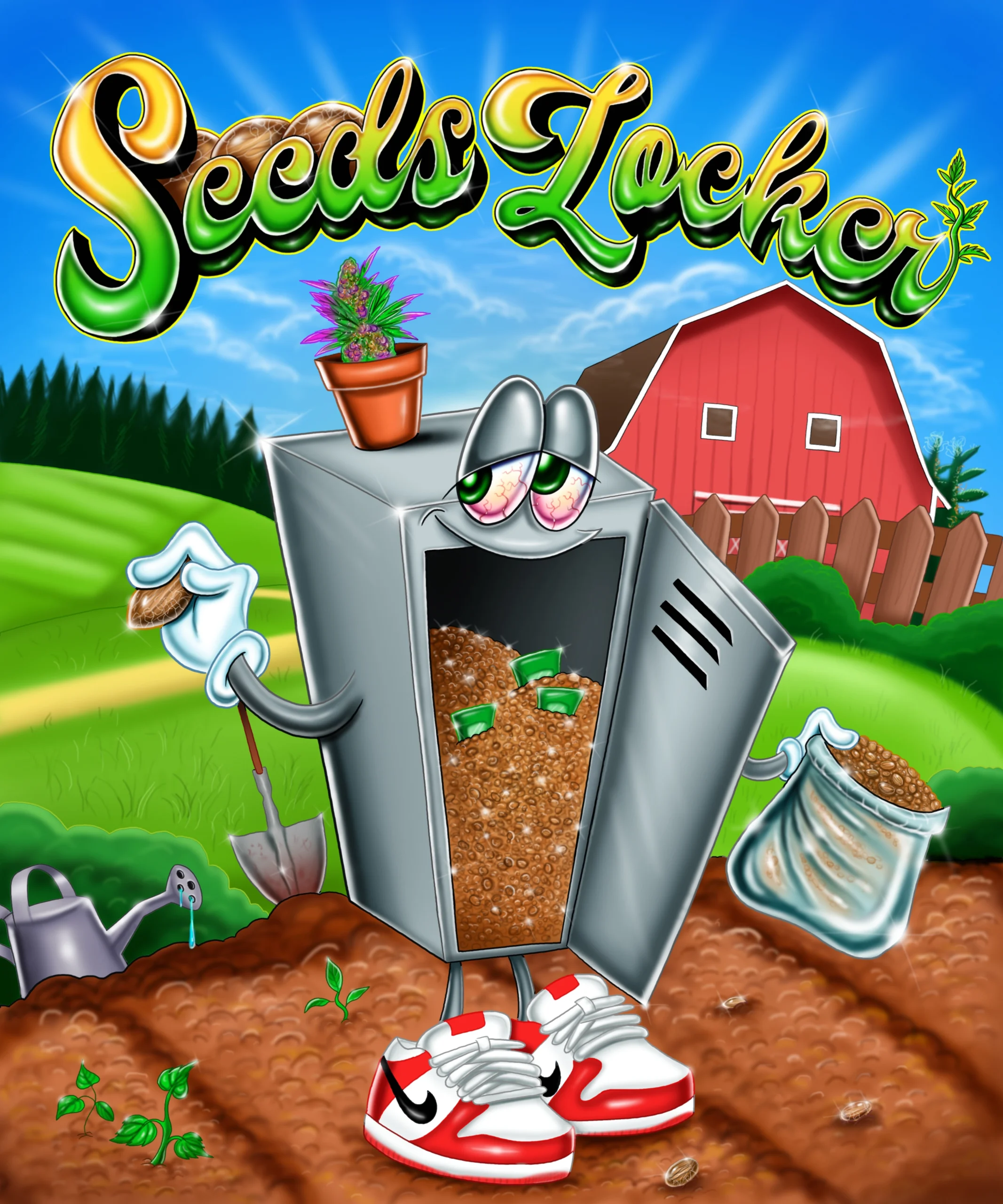Growing cannabis can be a highly rewarding experience, but it comes with its challenges. Whether you’re a beginner or have been growing for years, even small mistakes can significantly impact your plants’ health and yield. To help you succeed, we’ve outlined some of the most common mistakes that growers make—and how to avoid them.
1. Overwatering Your Cannabis Plants
Overwatering is one of the most frequent mistakes that new growers make. While cannabis plants need water to thrive, too much of it can suffocate the roots, leading to root rot, nutrient deficiencies, and stunted growth.
How to Avoid It:
- Feel the soil: Before watering, stick your finger about an inch into the soil. If it’s dry, it’s time to water. If it’s still moist, wait another day.
- Use pots with good drainage: Make sure your pots have holes to allow excess water to escape.
- Water less frequently: Cannabis doesn’t need to be watered every day. In fact, letting the soil dry out between watering encourages healthy root development.
2. Poor Lighting Conditions
Light is one of the most critical factors in cannabis growth. Inadequate lighting can result in weak, leggy plants with low yields, while too much light can burn them.
How to Avoid It:
- Choose the right light: For indoor growing, ensure you’re using the correct type of light (LED, HID, or fluorescent) for the growth stage. Seedlings need less intense light compared to flowering plants.
- Distance matters: Keep the lights at the appropriate distance from the canopy. Too close and you risk burning the leaves; too far and the plants may stretch toward the light, becoming weak.
- Ensure consistency: Your plants need consistent light during the vegetative (18-24 hours) and flowering (12 hours) phases. Use timers to maintain a regular light schedule.
3. Incorrect pH Levels
Many growers overlook the importance of pH, but it’s essential for nutrient absorption. If the pH of the soil or water is too high or too low, your plants won’t be able to take up the nutrients they need, even if you’re feeding them the best fertilizers.
How to Avoid It:
- Test regularly: Use a pH meter to test both your water and soil. Ideally, your soil’s pH should be between 6.0 and 7.0, and your water should be between 5.5 and 6.5.
- Use pH adjusters: If your pH is off, use a pH-up or pH-down solution to bring it back to the optimal range.
4. Ignoring Proper Ventilation
Poor air circulation can lead to several problems, including mold, mildew, and pests. Stale air can also cause a buildup of humidity, which is particularly dangerous during the flowering stage when buds are most susceptible to mold.
How to Avoid It:
- Install fans: Ensure you have at least one oscillating fan to keep air moving throughout the grow room or tent.
- Maintain fresh airflow: Use an exhaust system to pull out old air and bring in fresh air.
- Monitor humidity: Invest in a hygrometer to keep an eye on humidity levels. During the vegetative stage, keep it between 40-60%, and lower it to 40-50% during flowering.
5. Overfeeding or Underfeeding Nutrients
Feeding your plants too much or too little can lead to nutrient imbalances, burn, or deficiencies. Cannabis plants need different nutrients at different growth stages, so understanding their needs is key.
How to Avoid It:
- Follow feeding schedules: Use nutrient charts provided by manufacturers to avoid overfeeding or underfeeding.
- Start slow: If you’re using a new fertilizer, start with half the recommended dose and monitor how your plants respond.
- Flush when needed: If you suspect nutrient lockout or overfeeding, flush the soil with plain water to wash out excess nutrients.
6. Failing to Control Temperature
Cannabis is sensitive to extreme temperatures. If it’s too hot or too cold, your plants can become stressed, which may lead to stunted growth or reduced yields.
How to Avoid It:
- Keep an eye on the thermometer: Ideal temperatures are between 70°F and 85°F (21°C – 29°C) during the day and slightly cooler at night.
- Use heating or cooling devices: Depending on your grow environment, you might need space heaters, air conditioners, or fans to maintain optimal temperatures.
7. Harvesting Too Early or Too Late
One of the most disappointing mistakes is harvesting your cannabis too early or too late. Harvesting too soon means the buds won’t have developed their full potency or flavor, while harvesting too late can result in overripe buds with less desirable effects.
How to Avoid It:
- Monitor the trichomes: Use a magnifying glass or a jeweler’s loupe to inspect the trichomes (the small, crystal-like structures on the buds). When most trichomes are milky white with some turning amber, it’s time to harvest.
- Wait for signs of maturity: Other signs to watch for are the pistils (the hairs on the buds) turning from white to orange and the fan leaves starting to yellow.
Conclusion
Mistakes are part of the learning process, but with the right knowledge, you can avoid many common pitfalls when growing cannabis. From properly managing water and light to monitoring pH levels and harvesting at the right time, each step is crucial for producing healthy plants and a bountiful harvest. By steering clear of these common mistakes, you’ll be well on your way to becoming a successful cannabis grower!


